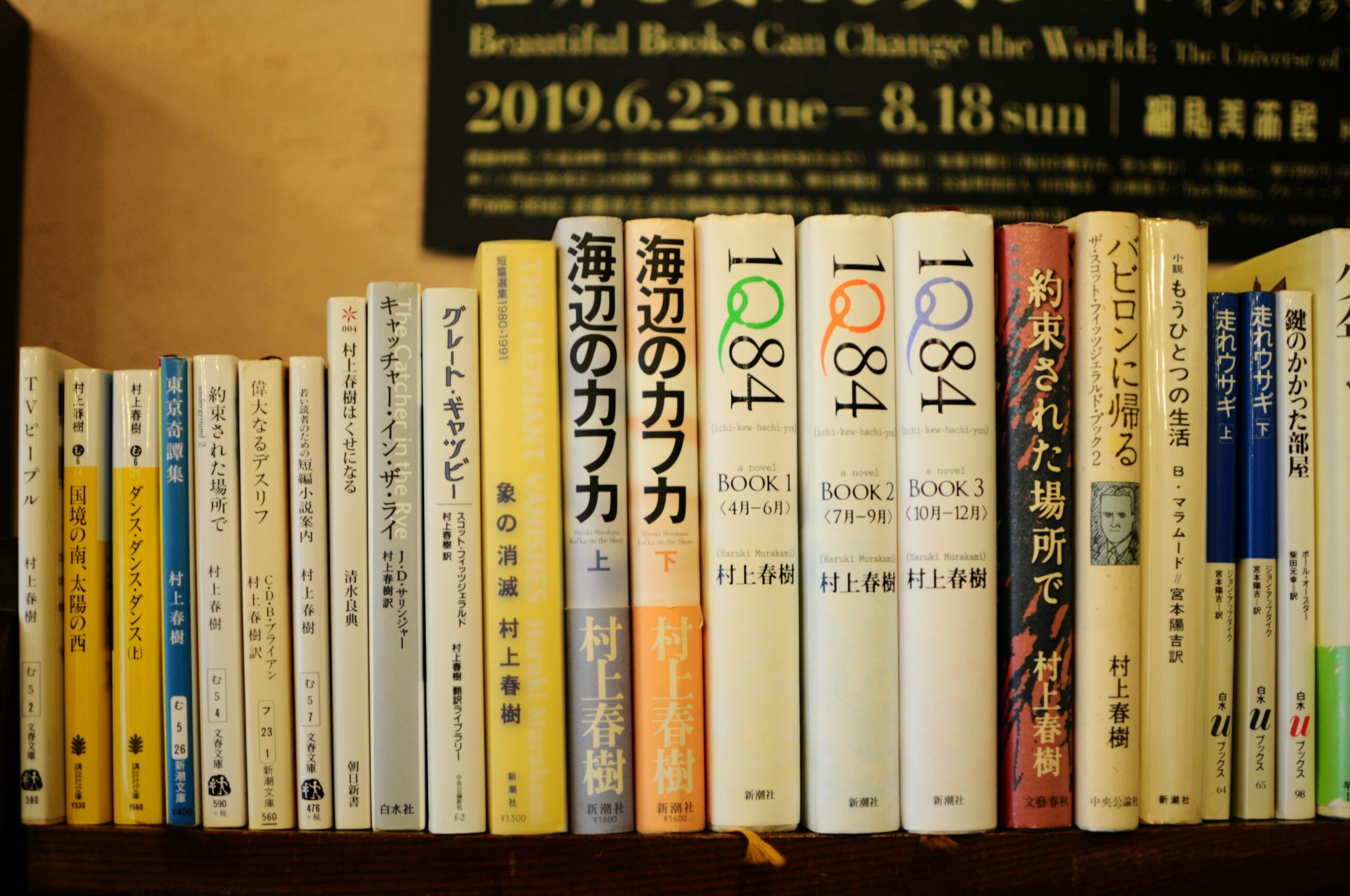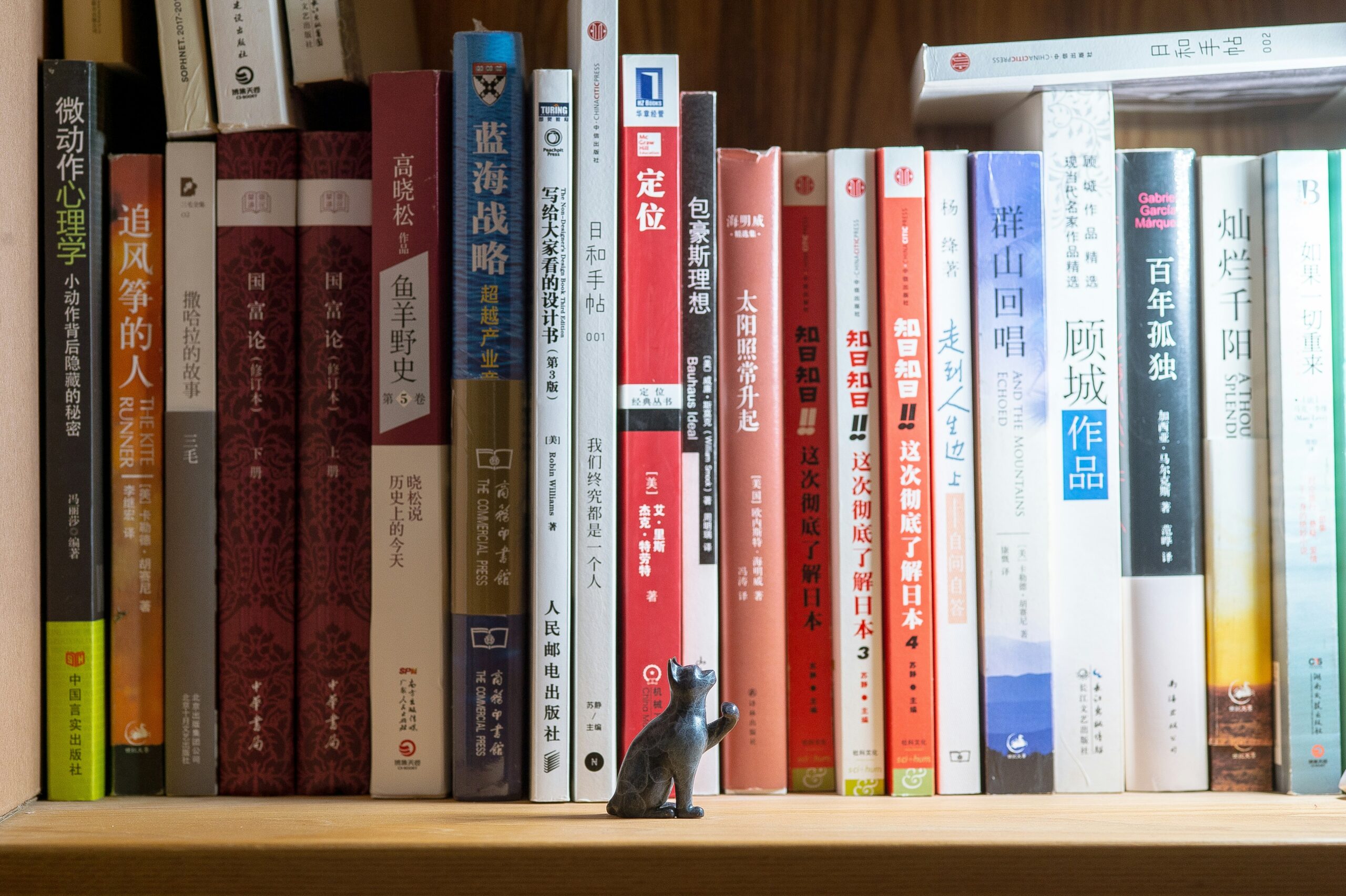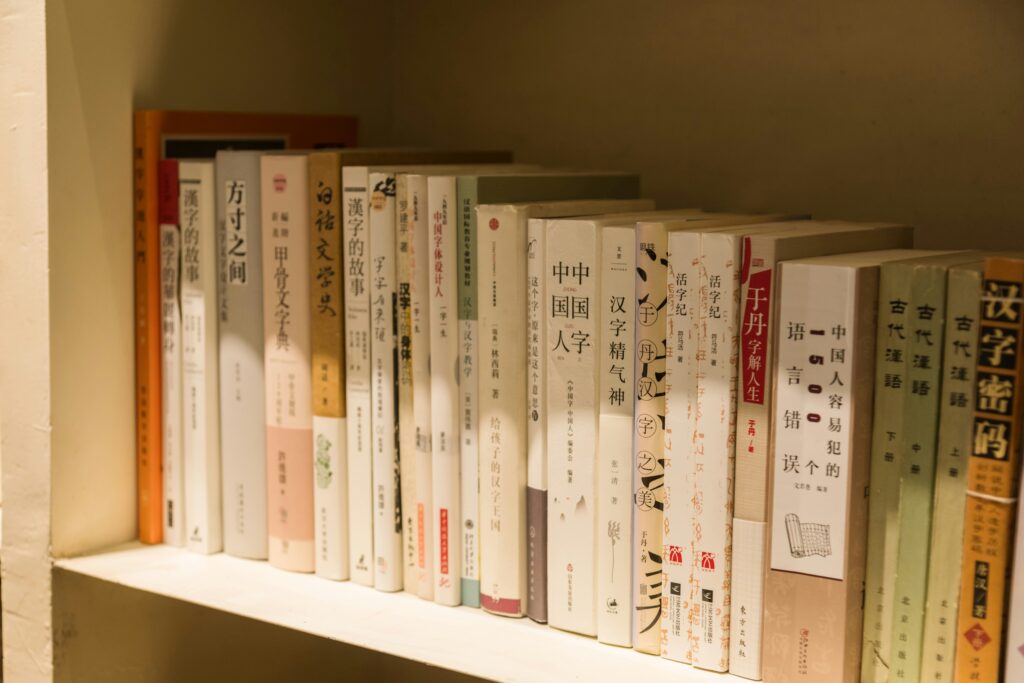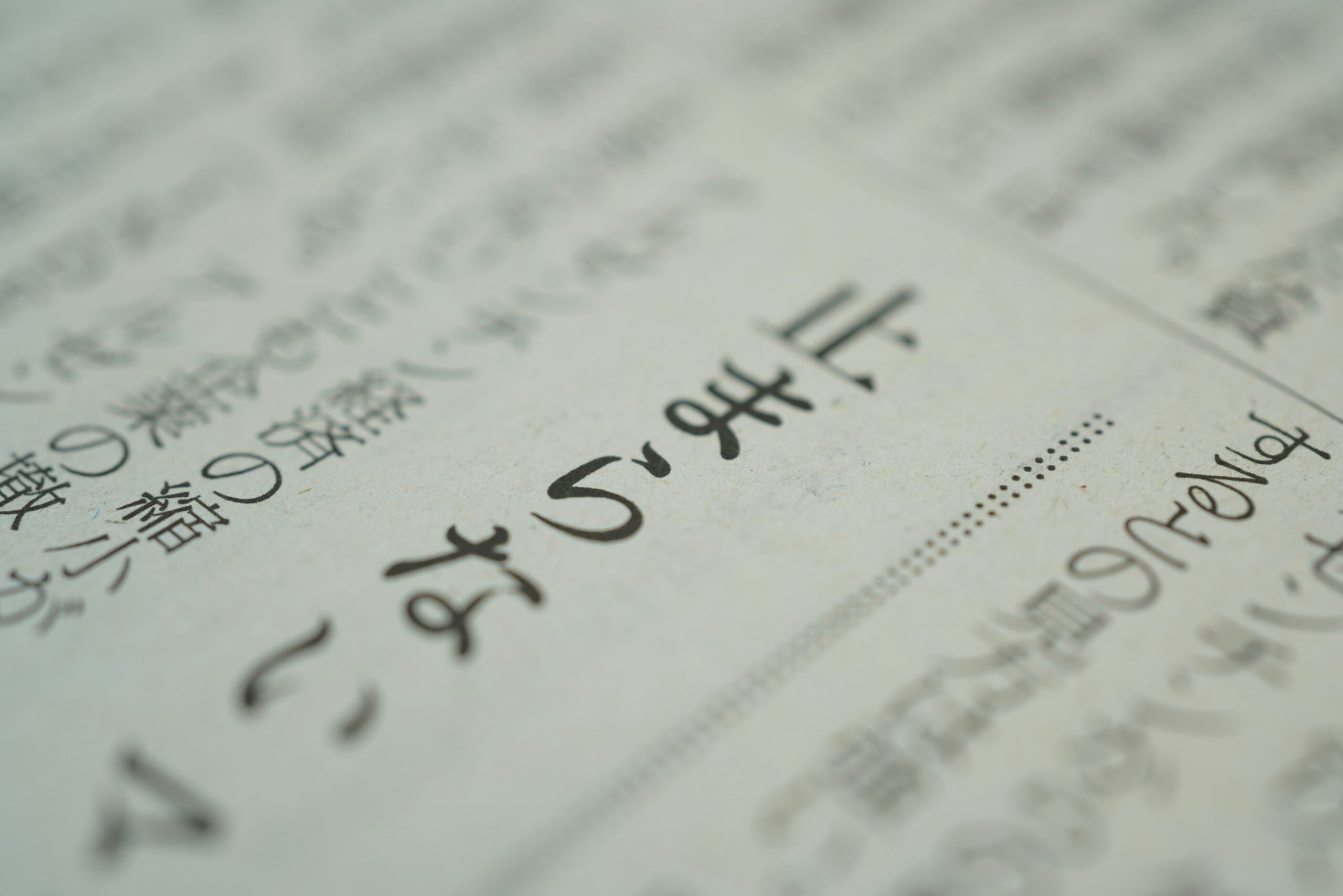In a world filled with flashy apps and YouTube crash courses, you might be wondering — are textbooks still worth using to learn Japanese?
Well, the short answer is: absolutely.
Even though they might not be as trendy as language apps and YouTube guides, Japanese textbooks still offer some of the most structured, reliable, and proven methods for building a solid foundation in the language.
My own introduction to seriously learning Japanese was through the Genki series, and it definitely helped to build a solid foundation for me which I still continue to build upon to this day!
In this guide, I’ll break down the best Japanese textbooks for beginners, how to actually use them effectively (without burning out), and how to make them work alongside your other study methods.

Okay well, why use a Japanese textbook?
That’s certainly a valid question! And I completely appreciate that not everyone learns the same way — but if you’re the type who appreciates structure, clarity, and step-by-step guidance, textbooks are your best friend.
Especially at the beginning of a Japanese language journey, you might be struggling to think of what you should start with and what pathway you should embark on first. Textbooks will certainly help to streamline the process for you.
Here’s exactly what makes them so powerful:
✅ Structured Progression
Each chapter builds on the last. You’re not randomly learning words — you’re moving through grammar and vocabulary logically.
They’re usually in a particular process or order for a reason, in which the progression feels natural and at a good pace.
✅ Clear Grammar Explanations
Apps and immersion are great, but textbooks actually explain the “why” behind grammar rules. That’s critical when you’re starting out.
If you’re using textbooks as your introduction to learning Japanese, having those explanations for grammar will help to reinforce that knowledge and also explain to you why you’re learning each piece of grammar as you get introduced to it.
We all know that grammar works very differently in Japanese compared to English. Therefore, clear and concise explanations are crucial to say the least.
✅ Balanced Practice
Textbooks include reading, writing, listening, and speaking activities — especially when used alongside their workbooks or audio resources.
I feel as though this is one of the most important aspects of learning. Textbooks will force you to almost instantly use what you’ve just learned in a practical sense. You’re not just taking information, you’re actively using it and it’s making you think because you’ll be answering questions which test you on your knowledge.
After doing that multiple times throughout the course of the textbook, you’re guaranteed to retain the information in your mind.
✅ Perfect for Self-Study
Most good Japanese textbooks are designed with independent learners in mind. You don’t need a class — just time, motivation, and consistency.
This is perfect for people who aren’t able to stick to a fixed schedule, or are unable to commit to set hours for classroom study or a scheduled online classes.
Textbooks can simply be picked up and continued at anytime. You’ll be able to proceed with learning exactly from where you left off, and you can also plan your progress and set targets.

The best Japanese textbooks for beginners?
Okay, so we’ve explained why we should use textbooks. Now let’s get into the nitty gritty and talk about exactly which are the best Japanese textbooks I would personally recommend, because there are a lot of textbooks out there…
The textbooks I’ll mention are some of the most popular and effective textbooks — I’ll explain them in detail, including their strengths, weaknesses, and who they’re best for.
📘 Genki I & II
Level: Beginner to Upper-Intermediate (N5–N4)
Best for: Self-learners, classroom learners, and people who want structure
The Genki series are extremely well known and very popular, they’re actually widely used in classrooms and self-study programs around the world!
It’s especially popular among beginners because of the clear explanations, logical structure, and broad coverage of essential grammar, vocabulary and kanji.
Genki is ideal for learners who want a strong, balanced foundation in all four language skills — reading, writing, speaking, and listening.
While it’s designed for classroom use, it also works well for motivated solo learners, especially when paired with its dedicated workbook and online resources.
🔹 Why It’s Good:
- Clear, structured layout with dialogues, grammar, reading, kanji, and vocabulary
- Includes audio materials and a workbook for each volume
- Widely used in schools and language programs
- Easy to combine with Bunpro, Anki, or other digital tools
- Tons of online support, communities, and guides
🔹 Downsides:
- Written in a fairly “academic” tone
- Designed for classroom use (you’ll need to self-direct if studying solo)
- Only covers ~300 kanji, so you’ll need a separate resource for deeper kanji learning
🔗 Buy Genki on Amazon
🔗 Genki Online Support Website
📕 Minna no Nihongo
Level: Beginner to Intermediate (N5–N3)
Best for: Learners who want full immersion and challenge
Minna no Nihongo is a powerful textbook that’s been around for years, used in many Japanese language schools across Japan.
What makes it unique is that the main textbook is written entirely in Japanese, giving learners full exposure from the beginning. It’s best suited for learners who want to immerse themselves in the language early on, and it’s great for building strong grammar and reading comprehension skills.
Since it doesn’t include English instructions, it requires a companion book for grammar explanations — but for learners who want to challenge themselves, it’s one of the most effective tools available.
I’d actually recommend getting into Minna no Nihongo straight after you finish the Genki series, because the skills you’ve learned from Genki will certainly get put to use with Minna no Nihongo. You’ll basically need to know Japanese out of necessity for even being able to read this textbook!
🔹 Why It’s Good:
- Main textbook is entirely in Japanese — full immersion
- Comes with an English translation and grammar notes book
- Great for learners aiming to pass JLPT N4/N3
- Strong foundation in grammar and kanji
- More “real world” example sentences and usage than Genki
🔹 Downsides:
- Can feel overwhelming for true beginners
- Requires 2 books at once (main + grammar explanation book)
- Less visually appealing than newer textbooks
🔗 Buy Minna no Nihongo on Amazon
📗 Japanese From Zero!
Level: Absolute beginner
Best for: Visual learners and casual/self-paced learners
Japanese From Zero! is perfect for complete beginners, especially those who feel intimidated by more traditional textbooks.
It takes a super friendly, casual approach to teaching, and walks you through the basics at a slow, manageable pace. It’s very beginner-friendly — you don’t need to know all the kana before you start — and the grammar is explained in plain English.
If you’re someone who struggles with motivation or wants to ease into learning without pressure, this series is a fantastic way to start your Japanese journey.
🔹 Why It’s Good:
- Written in a friendly, conversational tone
- Gradual introduction of kana (you don’t need to learn it all before starting)
- Clear grammar breakdowns in plain English
- Great for learners who prefer a gentle learning curve
- Supports a video course on YouTube
🔹 Downsides:
- Moves slower than Genki or Minna
- Doesn’t go as in-depth on grammar or kanji
- May feel too casual for those with academic goals (like passing JLPT quickly)
💻 Tae Kim’s Guide to Learning Japanese
Level: Beginner to Upper Intermediate
Best for: Budget learners and grammar geeks
Tae Kim’s Guide is a free, online textbook that’s become a go-to grammar resource for Japanese learners everywhere.
While it doesn’t follow a strict chapter-by-chapter structure like Genki or Minna, it offers deep insights into grammar rules and natural usage, making it especially useful as a reference or supplement.
It’s perfect for learners who are already using a main textbook and want to get a better understanding of how Japanese grammar really works.
And the best part? It’s completely free!
🔹 Why It’s Good:
- 100% free, accessible online anytime
- Explains Japanese grammar concepts deeply and clearly
- Includes colloquial expressions and natural usage
- Ideal as a companion resource to a main textbook
- Offers a downloadable PDF and mobile app
🔹 Downsides:
- No exercises or structured progression — not ideal as a sole resource
- Focus is more on grammar than reading/writing/listening
- Some grammar terms can be a bit technical if you’re brand new
📒 Kanji Look and Learn
Level: Beginner → Intermediate
Best for: Learners using Genki or Minna who want to build kanji skills in a visual, memorable way
Kanji Look and Learn is a kanji textbook designed to pair perfectly with Genki I and II.
It introduces 512 essential characters using simple visuals and example vocabulary to help learners build recognition and memory through association.
With fun illustrations and clear explanations, it makes the intimidating task of learning kanji feel much more approachable.
It’s not a standalone resource, but when used alongside your main textbook, it becomes an incredibly helpful companion for learning to read and write.
🔹 Why It’s Good:
- Teaches 512 essential kanji, matching up with Genki I & II
- Uses illustrations and visual mnemonics to help you remember each character
- Includes vocabulary using each kanji (with readings)
- Comes with a workbook for extra practice
- Friendly, approachable design
🔹 Downsides:
- Not great as a standalone — works best alongside a main textbook
- No deep etymology or radicals info (for that, you’d want WaniKani or Kodansha Kanji Learner’s Course)
- Some illustrations are a bit cheesy — but they work!

The most effective ways to use a textbook… and not burn out!
Buying a textbook is the easy part. Actually sticking with it? That’s where most people fall off…
The key is to stay as disciplined as possible. It can be easy to lose motivation or get bored with textbooks, and I completely get it, because they are just books at the end of the day. They won’t be as exciting as using an app or watching a YouTube video.
So, I’ve compiled a short list of rules on how to stay consistent with textbooks:
🔹 Set a simple routine
Aim for just 20–30 minutes per day — even 3–4 days a week is better than cramming once a month.
The more time you can put into it every day, the better! But of course, don’t overdo it, otherwise you’re not gonna have the energy or motivation to want to do it again the next day!
🔹 Do the exercises
Don’t just read the grammar explanations — actually complete the drills. That’s where the real learning happens.
Trust me on this, it’s extremely important and it’s what’s going to make the knowledge really stick. When you’re answering questions and writing your answers in complete Japanese, you’ll notice you’re getting faster when answering questions, and your writing speed will also increase.
You’ll actually surprise yourself and you’ll realise how much better you’re getting. It’s so effective because not only are you answering questions, your character recognition, reading speed, writing ability and Japanese text immersion skills all increase at the same time. It’s crazy how effective it is!
🔹 Use the workbook
If your textbook has a separate workbook (like Genki), use it. It’ll give you focused practice that boosts retention.
You could even complete the entire Genki textbook and then do the workbook afterwards, because not only will it be effective for putting those newly learnt Japanese skills to the test, but it’ll also serve as a revision exercise!
Even if you may have forgotten certain vocabulary or grammar points, the workbooks will really fill in those knowledge gaps and brush you up on the knowledge you may have been on the verge of forgetting!
🔹 Pair it with SRS apps like Anki
As you learn new vocab or grammar, make Anki flashcards or use pre-made decks to reinforce it outside the book.
Anki is super important in itself, but to combine it with your textbook studying would make it even more effective, because the words you’ll be learning will be relevant to the current textbook course you’re doing.
You can even download pre-made decks which are designed to be used with popular textbook like Genki! So minimum effort is required, just download the deck and you’re ready to go!
🔹 Revisit older chapters
Review is key. Go back every few weeks to skim earlier chapters — you’ll be surprised at what you remember (and what you forgot).
Once you buy a textbook, it’s pretty much yours forever! Don’t just complete the book once and never open it again… Go back to it! Have a good read through or just have a quick flick through the pages. You’ll start remembering the important lessons you’ve learnt from them.

Avoid these mistakes!
Let’s make sure your textbooks don’t just end up collecting dust by avoiding these mistakes:
❌ Skipping writing practice
Yes, writing out kana and kanji takes time. But it helps you memorize more effectively and internalize stroke order.
I know that we live in the world of texting and typing on keyboards, but the effectiveness of writing is simply timeless. Don’t neglect it!
❌ Reading only, no output
If you’re only reading and never practicing speaking or writing, you’re missing half the point.
Say things out loud, even if you’re alone. Don’t be shy!
❌ Treating the textbook like a novel
Textbooks aren’t meant to be read passively. Take notes, do exercises, and engage with the material like you’re training, not just absorbing.
I’d definitely recommend having a notebook to use alongside the textbook. In fact, I’d even go as far as to say it’s pretty much essential, you’re gonna need something to write all your answers and notes in!

The final tips & recommendations…
That brings me to the final few tips which I feel are super important… I’ll keep them short and brief as this has been a pretty long article!
- Don’t try to “finish” the textbook fast — master each chapter before moving on
- Pair textbook study with immersion (anime, podcasts, games) to reinforce learning in context
- Use apps like Bunpro to review grammar points from Genki or Minna no Nihongo
- Add what you learn to real conversations, journaling, or language exchanges
Textbooks aren’t outdated — they’re underrated. Used correctly, they give you the structure to build real fluency without getting lost or overwhelmed.
I hope this has helped you on your Japanese language learning journey…
Let’s all improve together!
Ganbaremashou! 🔥

👉 Related Articles & Resources
- 📘 Japanese Language Study Methods
Discover different ways to learn Japanese and find your ideal strategy. - 🎧 How to Use Immersion to Learn Japanese
Learn Japanese by watching, listening, and absorbing the language naturally. - 📱 Top 5 Apps for Learning Japanese
Boost your learning with the best mobile tools for grammar, kanji, and vocab.
